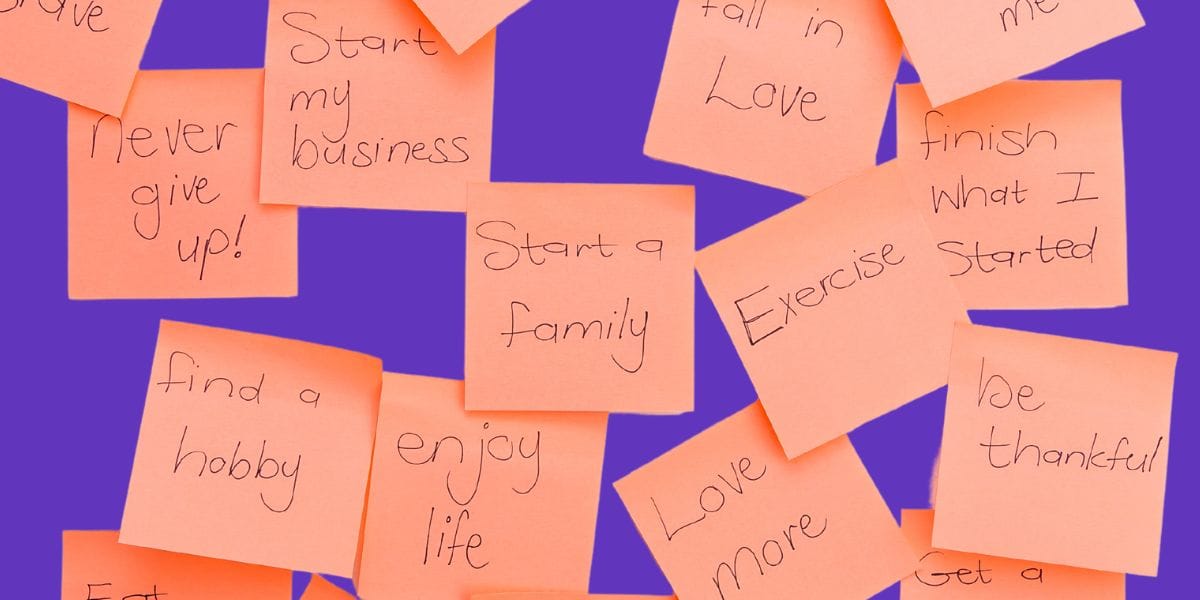(Programming note! This post is not a shame post. We all have credit card debt. This is not designed to make you feel bad about yourself! This is just about re-organising your thinking and hitting home some truths!)
In order to save money, it's time to learn how credit cards work.
The scene
A few years ago I was standing in a courtyard in Tehran, Iran when the sad truth about credit cards smacked me in the face.
I was peering through my iPhone screen, about to film a friend who had just won a $5,000 prize for being great at his job.
Because we were travelling at the time, he couldn’t make it to the ceremony to accept his award, so we planned to film a thank you speech and then send it back to Australia.
We had spent the last few days exploring the ancient, dusty Persian cities, discussing his dreams of one day putting together documentaries and telling cinematic stories.
Because I’m a practical sort, I had been running through ways we could fund those kind of projects. Grants, crowdfunding, hitting up rich trust-fund baby friends all came to mind.
The sudden $5,000 cash prize seemed rather fortuitous and as I filmed my friend speak with such confidence and joy about his work, I felt really buzzed that his future was going to be one of poignance and impact.
As we packed up our gear and settled in to our fifteenth cup of Iranian tea that day, I launched into an enthusiastic diatribe about how this money couldn’t have come at a better time and just how far we could stretch it.
We might be able to get new editing gear and a new light!
“Oh,” said my friend, somewhat sheepishly. “Nah, I’ll have to put that on my credit card. Then I’ll only have about three grand more to get rid off.”
That utterly whacked me.
That $5,000 was already allocated? To pay credit card debt?
I felt this sudden, complete rage at the unfairness of his predicament. And awkwardly, one myself was in at the time.
How dare credit card debt suck all that wonderful prize money away? From a person who could actually use it to make something really brilliant in the world? How dare that sticky credit trap catch him out.
He should have known better!
I couldn’t help but feel really sad at that outcome. (And illogically irritated at him for having a credit card debt that meant he couldn’t choose what do with his new $5,000.)
Now, there are probably some of you reading this saying “but yeah, it’s his fault. All you have to do is pay the amount owing and you’ll be fine.”
It’s not as easy as that. Mental accounting, nudges and all kinds of behavioural tricks are in play here.
And the earlier you can employ a mental model to view credit cards clearly (and avoid shovelling your money into a credit provider’s pockets as soon as it comes in) the better off you’ll be.
Where we are at with credit card debt in Australia?
Okay, so we’re not doing that well.
ASIC has released research showing just how Australians are managing credit. And here are the statistics.
As at June 2017 approximately 12.3 million Australians have at least one credit card (according to a review undertaken by ASIC). We have a population of just over 24 million.
550,000 of those 12.3 million people were in arrears as at June 2017. Arrears means the money is overdue.
930,000 had persistent debt. Persistent debt is when the average balance of the credit card is 90% of the credit limit over the previous 12 months and interest has been charged.
435,000 people are repeatedly re-paying small amounts.
For some context, if you made only the minimum repayments on a credit card debt of $4,400, it would take 16 years to pay that debt off.
It’s a rather sobering notion; especially since we live in a country with some of the highest wages in the world. So we are earning good money.
I know how it goes. Credit cards are a handy back-stop. They help.
How credit cards work.
At the risk of dragging the Barefoot Investor into this, Credit should be called Debt. It’s not a reward for behaving well (even though the bank goes through a lofty approval process for the privilege) but instead it's a loan.
In bank-language, a credit card works as an unsecured revolving line of credit (debt).
Unsecured = You haven’t staked your house, car, diamonds or other belongings to get the money.
Revolving = As you repay the debt, the amount you’ve paid becomes available for you to borrow again immediately.
Credit = the amount of the credit provider’s money you’re allowed to use to buy stuff with.
And the loan is free for a period of time, but after that you pay for it in what’s called interest.
Think of interest as the money you give the bank for the convenience of using their money.
As you spend on your credit card, your debts will begin to collect interest if you don't pay the whole balance back by the end of the statement or interest-free period.
Interest free period
A common misconception about the interest-free period is that you automatically get 55 days interest-free from whenever you make a purchase.
Instead, you have a billing cycle (which is generally around 30 days) and you get 55-days interest-free from Day 1 of the billing cycle.
For example, if you made a purchase using your credit card (with an annual percentage rate of 21% per year) on day 1 of a statement period, you could have 55 days to pay it off before interest is applied to the balance.
A purchase made on the second day of that statement period would get 54 days interest-free, and a purchase made on day 30 would give you 25 days to pay it off before interest is charged.
And to get those 55 days, you generally have to pay the balance off in full first.
So if you buy your mum tickets to some fabulous spa in the city for mother’s day and it costs you $100 and you whack it on your credit card on Day 1. You only owe the bank $100.
But say you only pay off $50 by Day 30, from Day 1 of the next billing cycle, you are paying the 21% interest rate on that $50.
So, in this scenario, you would owe the bank an extra $10.50 if you didn’t make any repayments for the rest of the year
Interest (the cost of convenience).
Depending on the card, your purchases will collect an interest rate usually between 15% and 25% per year.
Let’s say your bank charges 21% interest on the credit card.
So, for every $1 you borrow you owe the bank 21 cents. Or it costs 21 cents to borrow $1 from the bank. Assuming no repayments are made through the year.
This is a simple interest calculation and doesn’t calculate the interest you would pay on the interest itself.
So if you’ve bought yourself an excellent, tulle full bodied skirt for $400, but you’ve bought it on a credit card that charges interest of 21% per year , and you didn’t pay it back by the 55 day period, it’s costing you an extra $84 more (21% of $400) over the year if you’re not making repayments.
So it could end up being a $484 skirt.
(Using this simple way of calculating interest!)
Each month, you’ll receive a statement that will detail the transactions you’ve made, the total outstanding balance you have and any interest you’re accruing. Generally you’re only required to pay a minimum repayment each month (usually 2-3% of your total balance), but if you don’t pay off the whole balance, the remainder will start to collect interest.
And if you miss the minimum repayment, you could be charged late fees.
That’s generally how credit providers make money from credit cards; because, like ASIC showed us, over half a million people are late in paying off their credit cards.
And almost a million people are actually paying more towards the fees than towards paying off what they’ve actually borrowed.
Cash advance
If you’ve used your card for an ATM withdrawal or any other transaction that’s considered a cash advance - think when you take out $100 off your credit account at the pub or transfer yourself $100 from your credit account to your savings account - you’ll accrue interest at the cash advance rate of up to around 22% per annum. Plus, you’ll probably get charged an additional cash advance fee.
So, that $100 is now $122 over a year . It’s just the cost of convenience.
The thing is, credit card debt isn’t that convenient after a while. Especially when you’ve sort of sunk into a credit hole and when an extra $5,000 comes in, you’re sort of forced to pay down credit card debt.
What can we do about them?
Think about it differently. (We bang on a lot about mental models around here at Spaceship).
The power of re-framing the debt can be a great motivator for eradicating credit card debt.
Thinking of the 21 cents per dollar definitely worked for me. Every dollar I used on the credit card was effectively costing me 21 cents when I wasn’t paying-off my balance at the end of the month.
But here are some practical solutions:
(Oh no, these are so obvious you’re going to cringe. But, just like exercise and diet, there’s no quick-fix solution to getting out of credit card debt).
● Pick the card with the highest interest rate and begin paying it down. Decide how much of each pay you can allocate each cycle and set up an automatic transfer. Or draw however many payments you need to make as circles (Like, 10 circles of $1,000 to pay down $10,000) and colour in each circle as you pay it. Amazing how helpful those kind of visualisations are for motivation.
● Sell things you don't need on Gumtree or Facebook marketplace. I’m talking about old ski gear, watches, laptops, GameBoys, electronics are good. And funnel that all into the credit account. Colour in the circles.
● Consider consolidating your debts with a personal loan from a bank. These generally have a lower interest rate than credit cards. They also have the advantage of locking you in to a fixed repayment schedule, and may remove the temptation of using it for new purchases. To minimise interest charges, look for a loan with a fairly short duration and the option to make extra repayments without being charged additional fees for doing so.
If you’re comfortable with it, group together with your buds and try and keep each other honest.
There’s something quite nice about knowing we’re all in this together. But there’s something nicer about knowing when we win $5,000 we don’t just have to give it to the credit provider.



